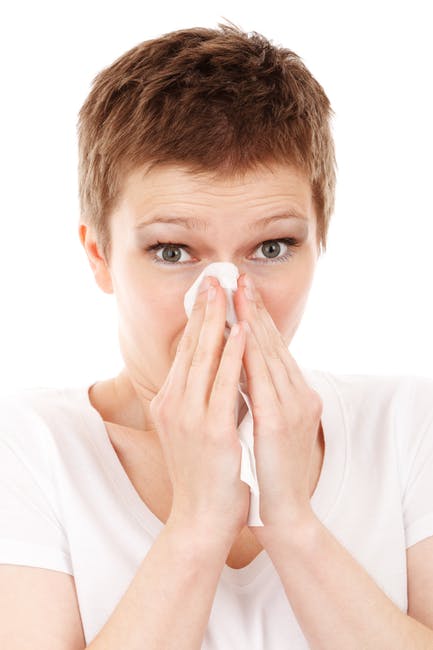3 Tips on How to Reduce Allergens in Your Home
If you are one of the many people who suffer from an allergy to a common allergen, then you will understand just how frustrating it can be to be regularly exposed to them from within the comfort of your own home. Fortunately, there are a number of simple things that you can do in order to reduce the number of allergens in your home and to minimize your exposure to the ones that remain. Removing allergens entirely is impractical, as there will always be some that remain. How effective any of the methods given below are will depend on the particular allergies you have, as well as the levels of allergens that are currently present in your home.
Reduce Clutter
Allergens need places to hide, so the more stuff you have lying around your house, the more places there are for allergens to secrete themselves away. Cleaning your home regularly will help to reduce the presence of any allergens, but if you still have piles of stuff everywhere, then short of cleaning every individual item, you will find that there is only so much that you can do.
The kinds of places that allergens are most likely to hide out are in fabric, clothes, newspapers, and other porous items. If you’re someone who likes to hang on to old issues of magazines, then you might want to find a way of storing them, which will keep them sealed off from potential allergen contamination, such as inside plastic sleeves, or in a box which can be easily sealed and cleaned. Most allergens are found in the bedroom, so it is a good idea to start your cleaning here before moving on to the rest of the house.
Just as the bedroom is a hotbed for dust and other similar allergens, so the bathroom is likely to attract mold. You should regularly check your pipes for any leaks and fix them as a matter of priority, scrub away any mold you notice as it appears and, again, remove any items that you don’t need so they can’t become a hiding spot for allergens.
Clean the Air
When you set about the task of reducing home allergens, you are setting yourself up to take on millions of microscopic spores, dust mites, pollen, and other common allergens. This might sound like a daunting task, but luckily for you, by playing it smart, you can easily swing the odds in your favor.
One of the simplest, yet most effective, steps that you can take is to ensure that your home is well ventilated and that any ducts you have are unobstructed. If you can afford to, installing a high-efficiency particulate air (HEPA) filter in your air conditioning system can make a big difference.
You should try and maintain a humidity level in your home of around 50%. Any higher and you will be encouraging mold due to the increased moisture. Any lower, however, and dust and pollen will be easily stirred in the dry air.
When the pollen count is at its highest, usually during the middle of the day, and when the winds are high, allergies are worse.
Pollen and mold spores soon settle on clothing and fabrics when you are outdoors, so whenever you come in from the outside, remove your coat or jacket and take a shower, especially if you have been somewhere where you’re likely to be exposed to such allergens.
Smart Landscaping
When it comes to landscaping and organizing your garden, there are certain things that you can do that will help to greatly reduce the amount of pollen which is generated, and which becomes airborne around your home. The type of pollen that bees carry, the sticky yellow stuff which they take from plant to plant, isn’t the kind of pollen that triggers allergic reactions (in most cases anyway). Rather, it is the fine and light particles that are swept up by the wind and scattered through the air which cause allergic reactions.
The simplest thing that you can do to reduce the number of allergens generated in your garden is to avoid planting plants and trees which are allergenic, avoid species such as maple, birch, and ash. As far as plants go, try to avoid magnolia and similar species. Ask the personnel at your local nursery and they should be able to advise you as to which plants are low allergy.
Reducing the number of allergens in your home might seem like a daunting task at first and it is certainly not easy to do. As well as the initial cleaning and removing of likely sources of allergens, you will have to ensure that you make the effort to maintain certain standards and practices in order to ensure that your home remains a low allergen environment.



